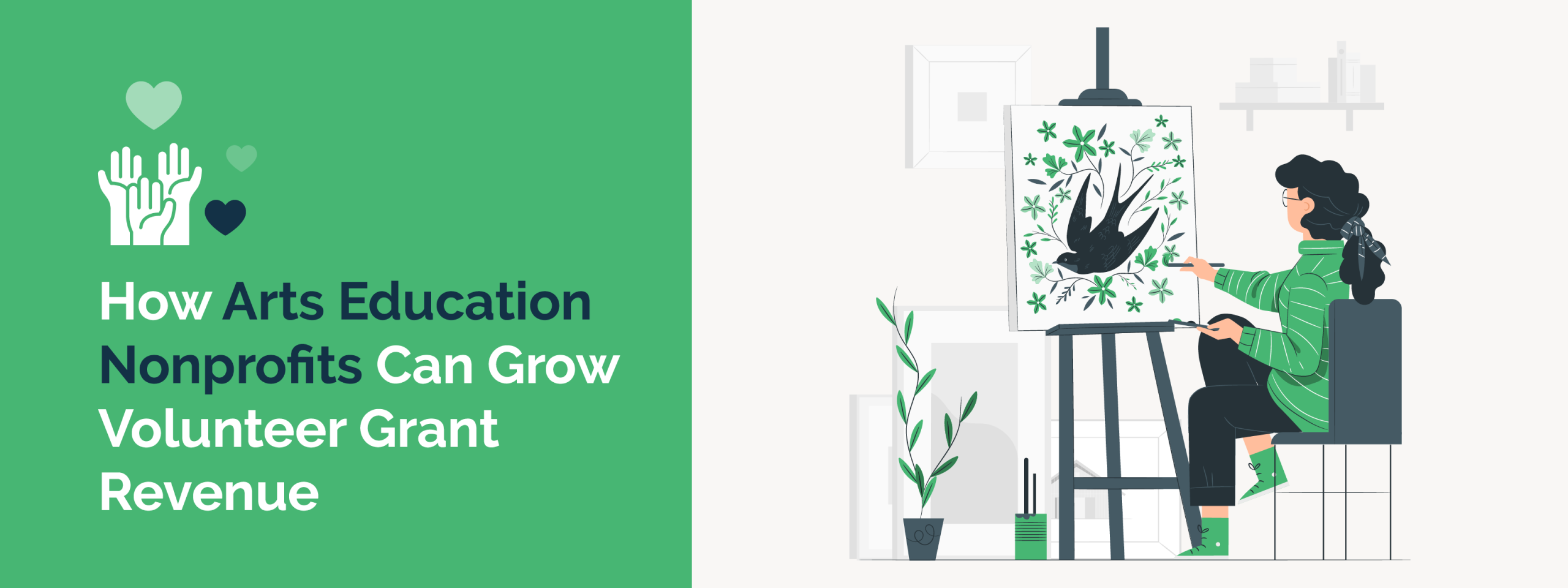
How Arts Education Nonprofits Can Grow Volunteer Grant Revenue
Arts education nonprofits are essential in fostering creativity,…
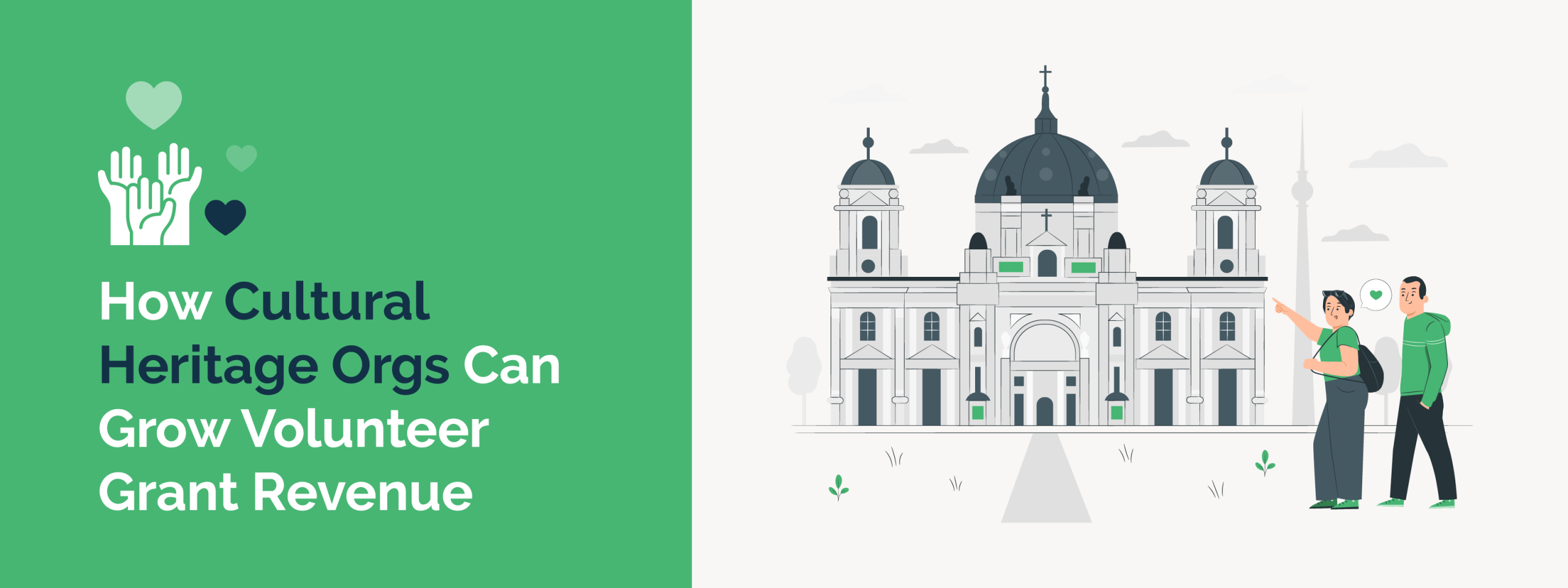
How Cultural Heritage Orgs Can Grow Volunteer Grant Revenue
Volunteer grants represent a powerful yet often overlooked resource…
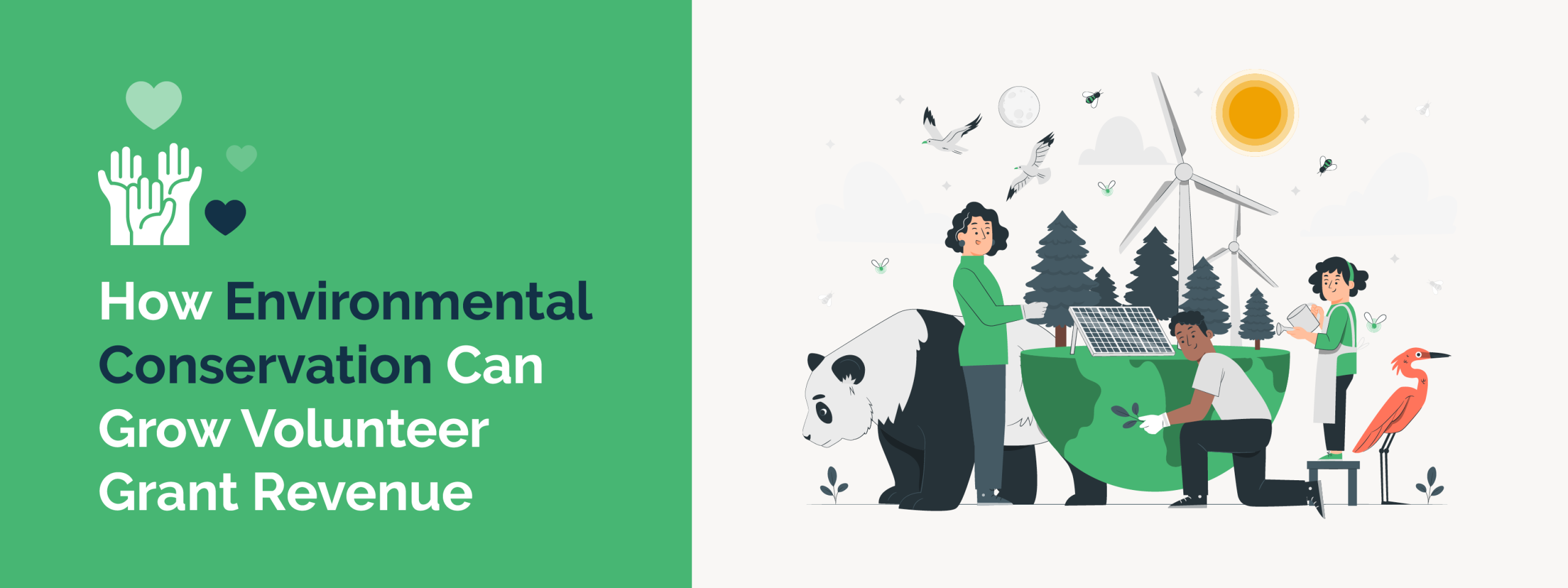
How Environmental Conservation Can Grow Volunteer Grant Revenue
Environmental conservation organizations are pivotal in safeguarding…
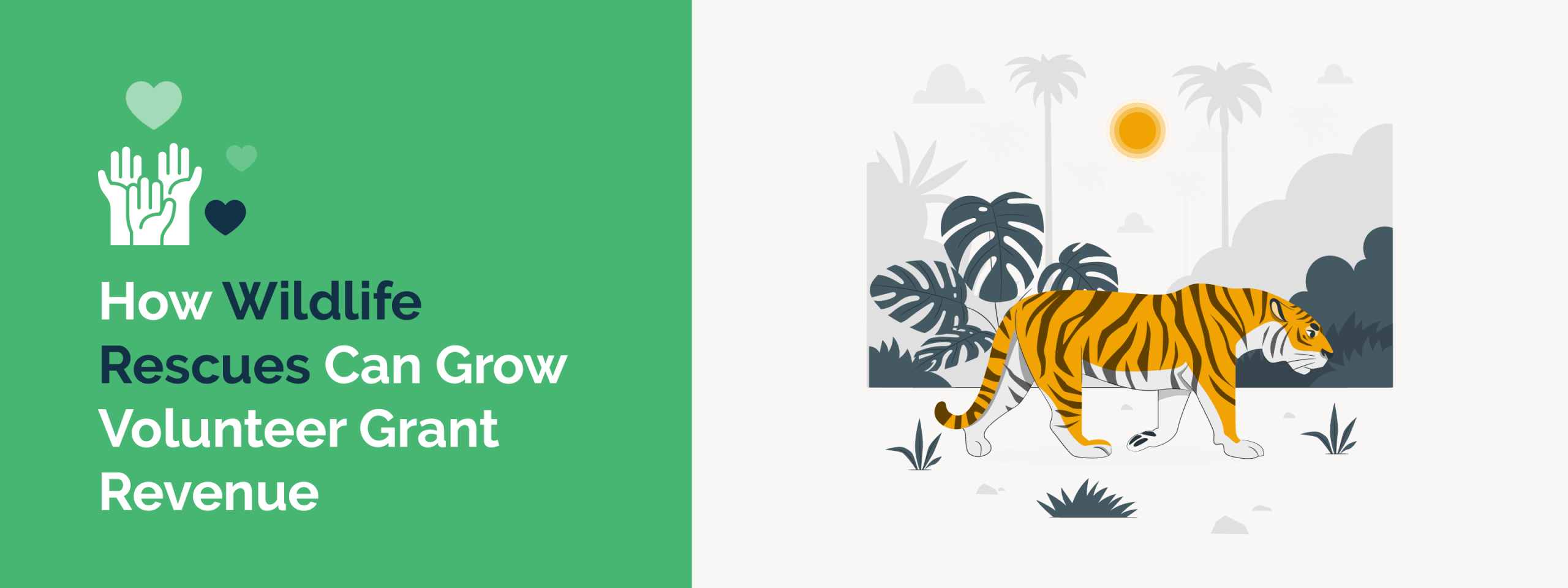
How Wildlife Rescues Can Grow Volunteer Grant Revenue
Wildlife rescues are crucial in safeguarding and rehabilitating…
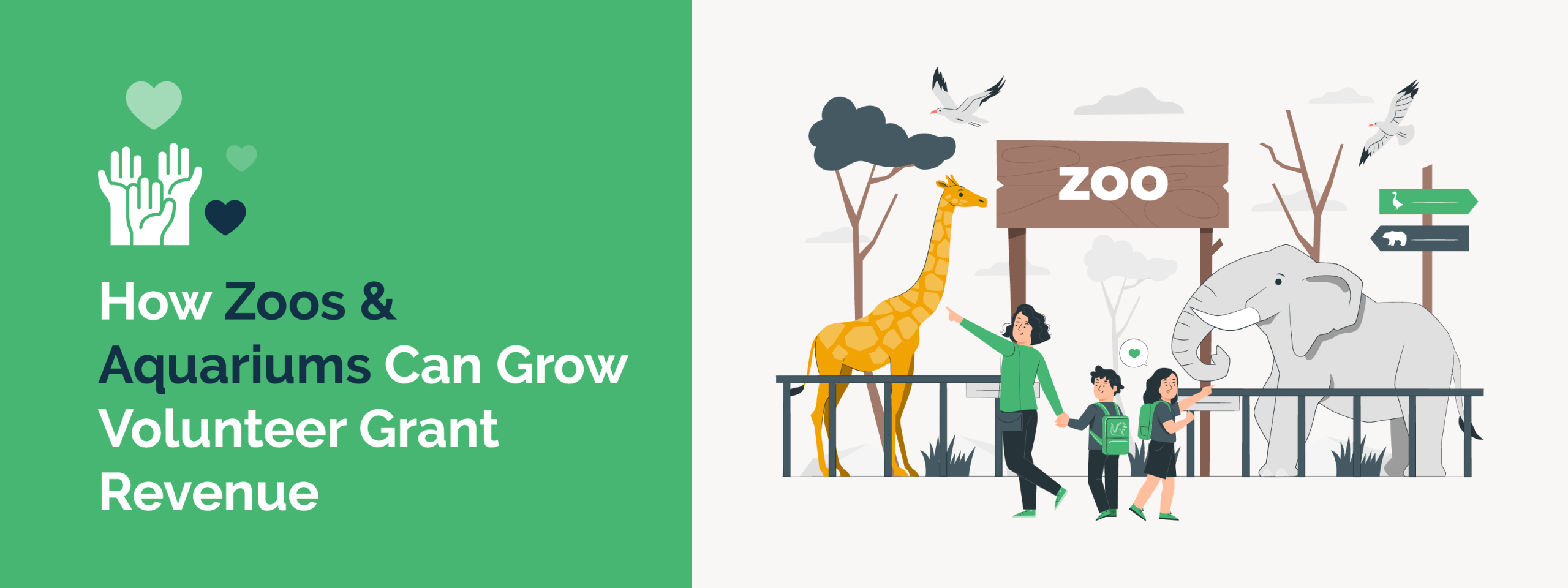
How Zoos & Aquariums Can Grow Volunteer Grant Revenue
Zoos and aquariums are essential to conservation, education,…
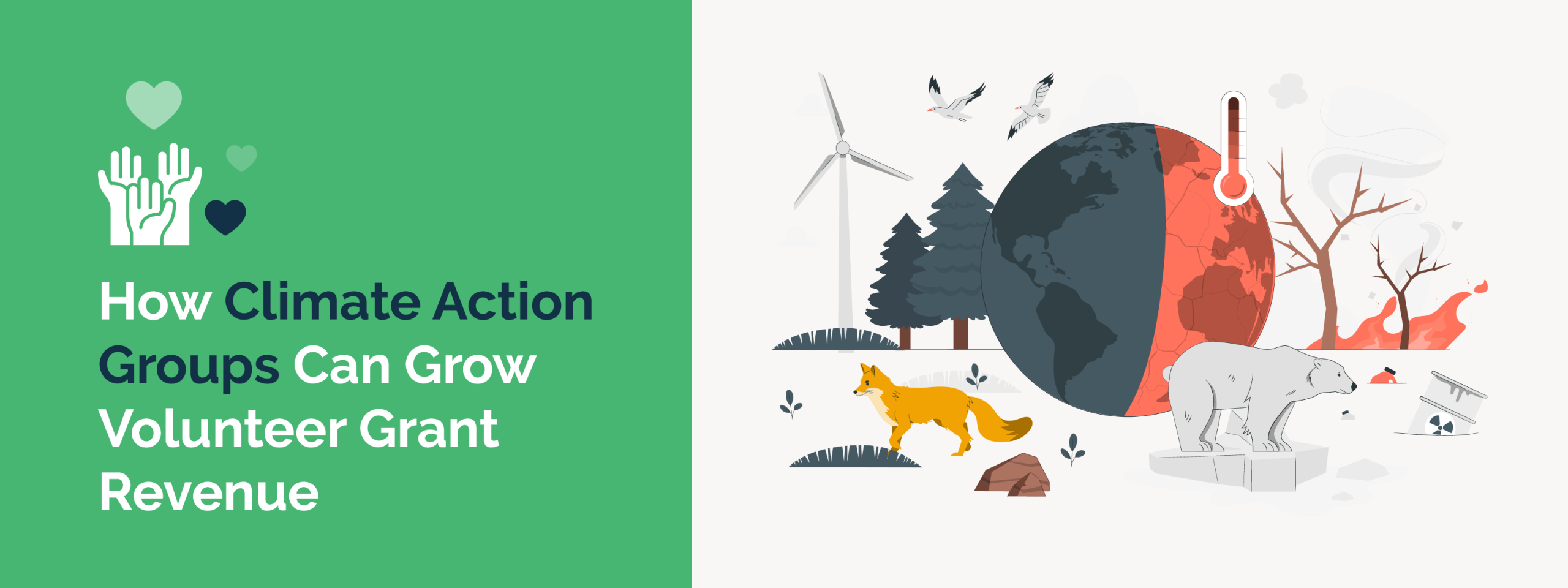
How Climate Action Groups Can Grow Volunteer Grant Revenue
Volunteer grants are a potent yet often underutilized resource…

How to Market Payroll Giving at Your Hospital
Marketing payroll giving within hospitals offers a unique opportunity…

How to Market Payroll Giving at Your Animal Shelter
Payroll giving is a transformative tool that animal shelters…

How to Market Payroll Giving at Your K-12 School
Payroll giving is a transformative tool that K-12 schools can…

How to Market Payroll Giving at Your Museum
Marketing payroll giving effectively within the museum sector…

